Imagine a time when a Birch Cliff home cost $5,200, was heated by coal, and the phone number was Oxford 1-9830.
Those are just some of the insights into what our neighbourhood was like 70 years ago that I found in a book of personal recollections called ”Memories of Scarborough: A Bicentennial Celebration”.
It was published by the old Scarborough Public Library Board in 1996 and posted online by the Toronto Public Library, which has given permission for us to reprint it here.
Step into the 1940’s and the life of Elisabeth and Bruce Plain, who wrote this to commemorate Scarborough’s 200th birthday.
“The House on White Birch Road in Birchcliff”
In October 1942, on returning from our honeymoon – by train to Ottawa and Montreal – Bruce and I moved into a brand new 1 1/2 storey house in the Birchcliff area of Scarborough. The price was $5,200.00 and we were able to buy it with the help of a parental loan. Our address was 32 White Birch Road. Toronto 13. The telephone number was Oxford 1-9830.
Some special memories of living in the house and the neighbourhood come to mind:
The Victory Garden
The Victory Garden where we did our bit for the war effort by growing as many of our own vegetables as we could.
The coal furnace. When coal was delivered, sacks were emptied onto a chute that led to the basement coalbin. After such a delivery everything in the house was covered with black dust. Attached to the furnace was a jacket heater which heated water when the furnace was on. We also had a gas water heater that could be used when the furnace was not working.
The lights flickered
The lights in the houses on our street and in a much larger area flickered. This was because they were powered by 25 cycle current. Eventually Hydro made the conversion from 25 to 60 cycles. It was a big deal with huge machines sitting around the street. We were pleased when the work was finished and we had nice steady light coming from all fixtures.
White Birch was new
White Birch was a new street. Some houses had been built: some were under construction; and there was much vacant land. A potato field extended from the north end of the street to Kingston Road. The offices of Garton and Hutchinson, the developers of the area, were situated at the northeast corner of the Warden and Kingston Road intersection.
“By Streetcar and Bicycle to Work, to Shop, and to Have Fun”
We went to work by streetcar. Yes, streetcars ran along Kingston Road as far as Birchmount, and I have never understood why the T.T.C. made us accept buses and transfers when earlier we could ride all the way downtown without changing vehicles. Nobody in the neighbourhood wanted it. (Today we are move activist: we would have lain on the tracks rather than allow to have them covered over with cement or asphalt.)
The streetcars had a motorman and a conductor. The motorman operated the vehicle. The conductor had a place in the middle of the streetcar where he collected the fare. There was a little coal stove by the conductor, and on cold mornings when the stove had not yet heated the whole car, people huddled around the conductor and his stove. In rush hour the streetcar dragged a trailer for additional seating. Service ceased after midnight which was a great inconvenience for late-night revellers on New Year’s Eve.
Shopping
Shopping for groceries was done at Victoria Park Avenue (City Limits). We would walk there and take the streetcar back with our load of groceries. (Cars were scarce in wartime.) Walking along Kingston Road we could watch golf both on the south and north sides of the street. The golfers would pick up their balls and walk across Kingston Road to get from one green to the next. Archery was done near Fallingbrook and Kingston Road.
Bicyling
At one time we acquired bicycles, and then we did some of our shopping trips by bike. Warden Woods was another bicycling destination. The street had a dead end just north of Danforth Road, and was a wonderful place to explore. A sign: “No Hunting” greeted one at its approaches. The sign was peppered with bullet holes.
Warden Woods was also used for bridle paths. A riding school operated in a big bam located where Warden Woods mall now stands. Our children took riding lessons there and enjoyed horse-back rambles through woodsy trails.
“Alas. Not a Library in Scarborough”
There were no public libraries in Scarborough in the early days of our living there. The Beaches Library filled a need for our neighbours and us. Not only could one borrow books there, but one could attend the occasional concert given by amateur groups.
“We got involved in Civic Affairs”
In the hope of improving our own municipal services, we became active in civic affairs, and I joined the Women Electors. Our group attended meetings of the municipal government (on the second floor of the Bank of Commerce at Kingston Road and Birchcliff Avenue – Mayor Crockford in the chair) and of the school board. Gradually Scarborough became more culturally aware and opened its own splendid library system. Bruce made a small contribution to this end when he served on an advisory committee planning the new Taylor Library.
The memories of our life in Scarborough are generally happy ones. We found the Birchcliff area a wonderful place to live and grow. Our best wishes to Scarborough on its 200th Anniversary.
Bruce and Elisabeth Plain

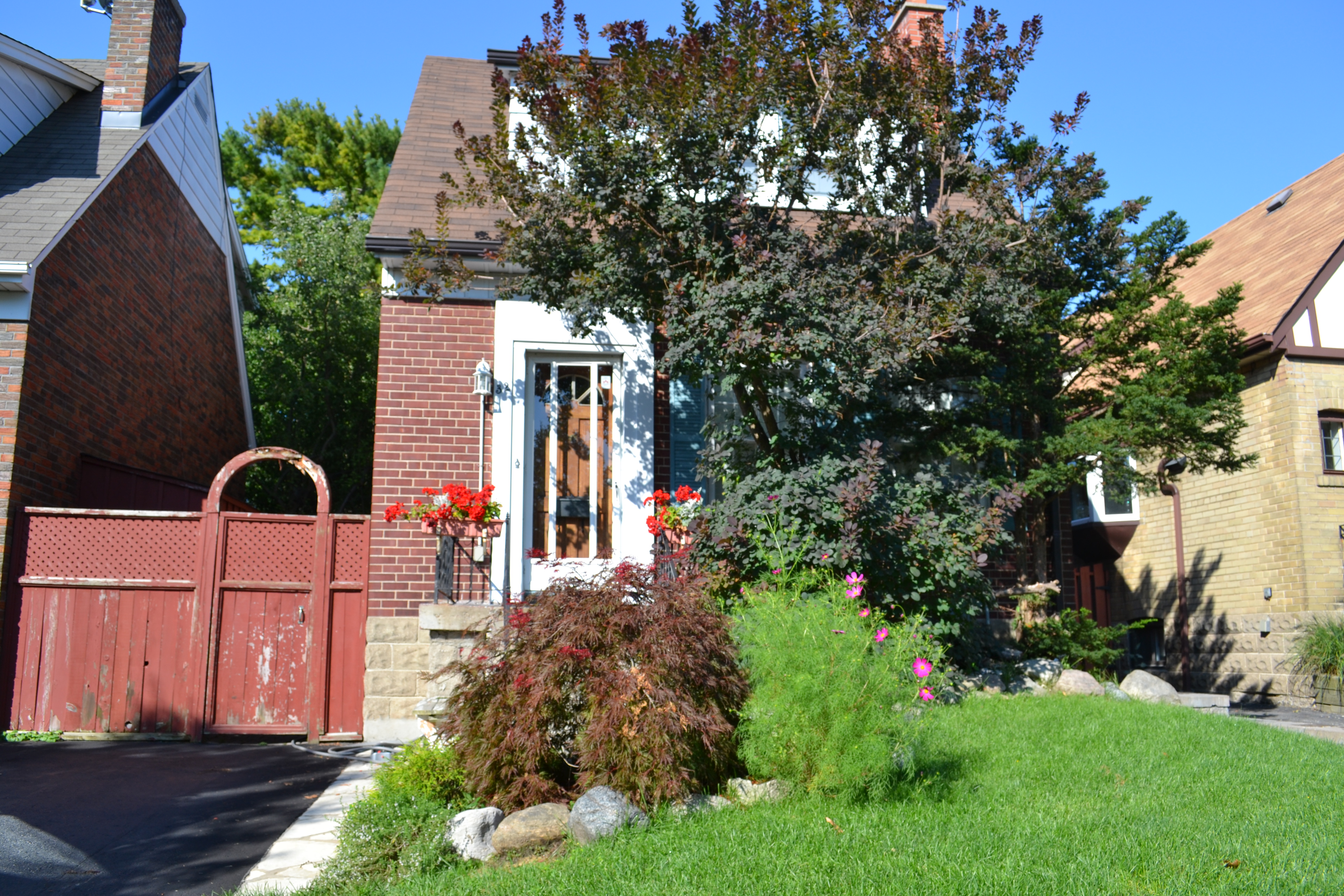
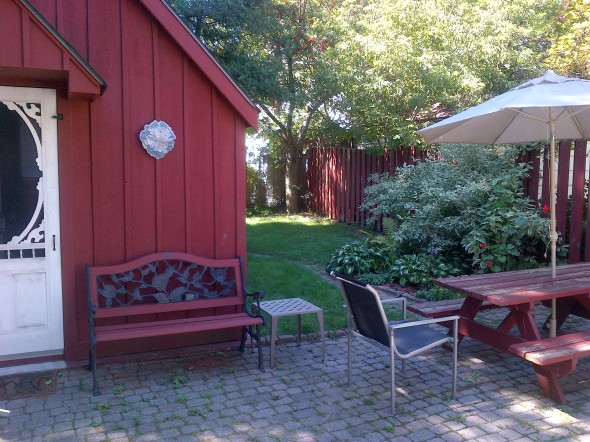
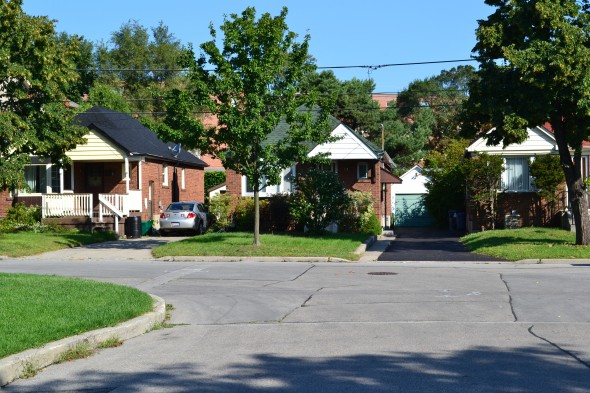
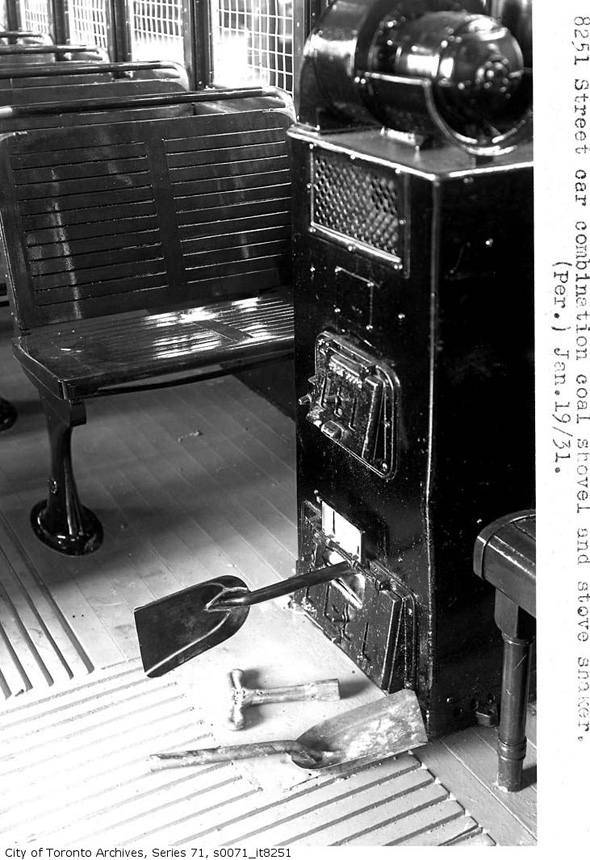
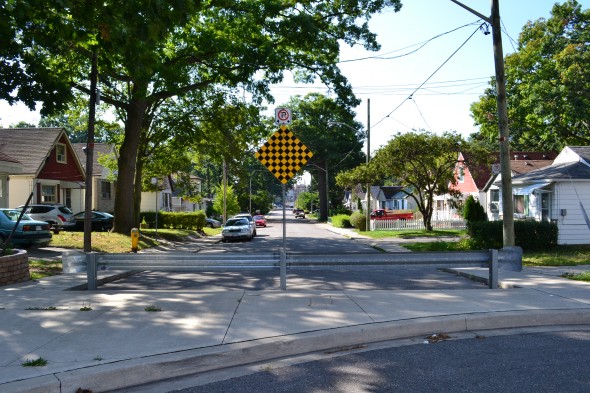
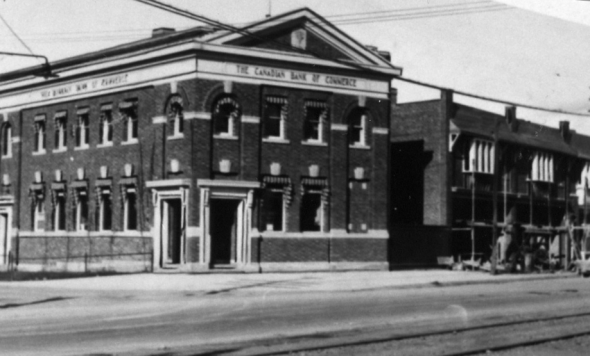
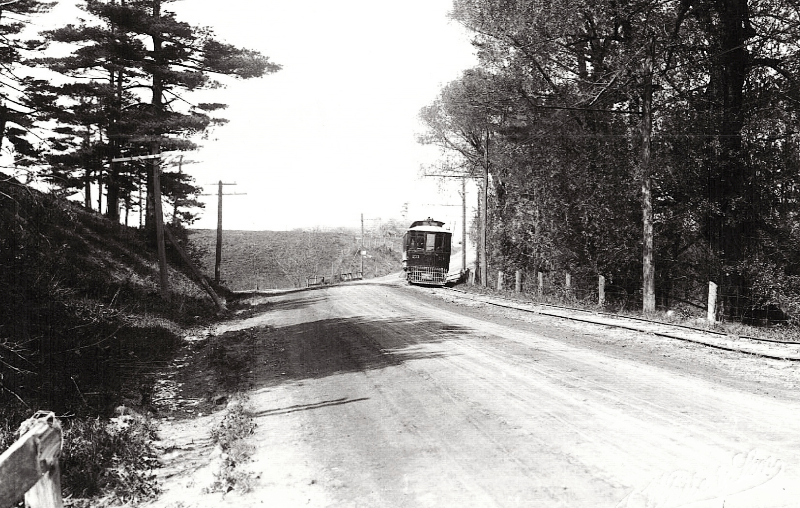
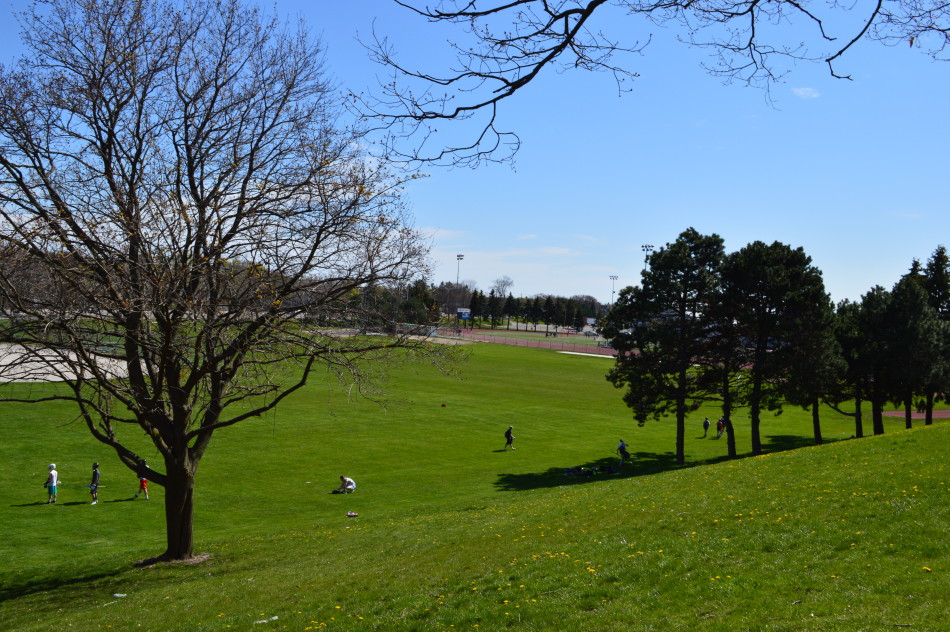
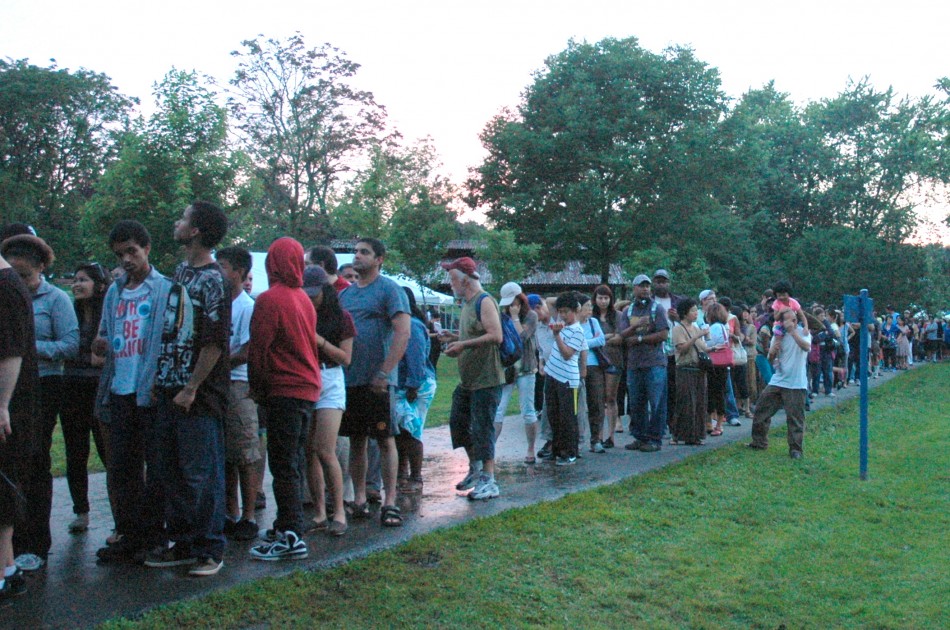
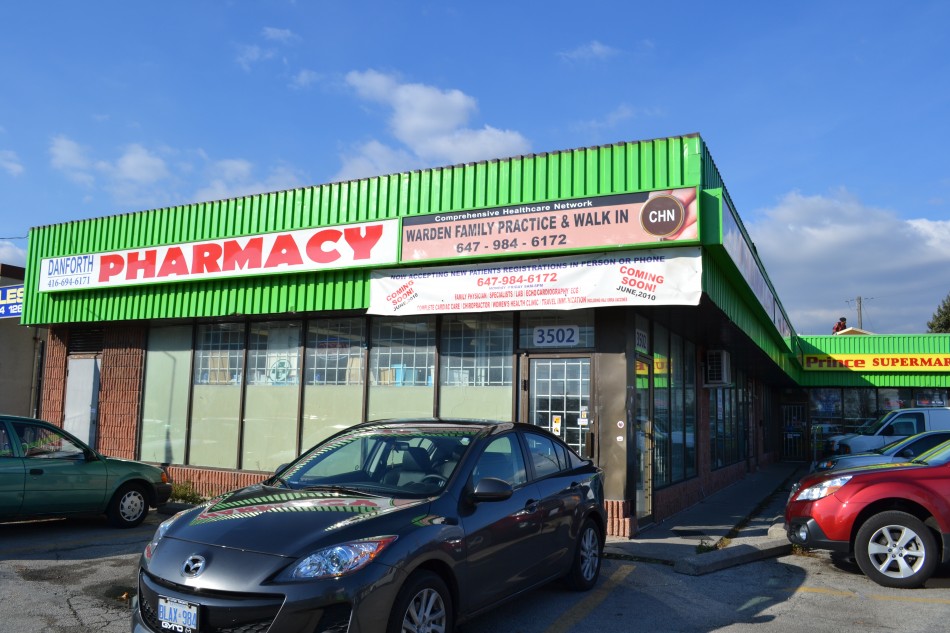
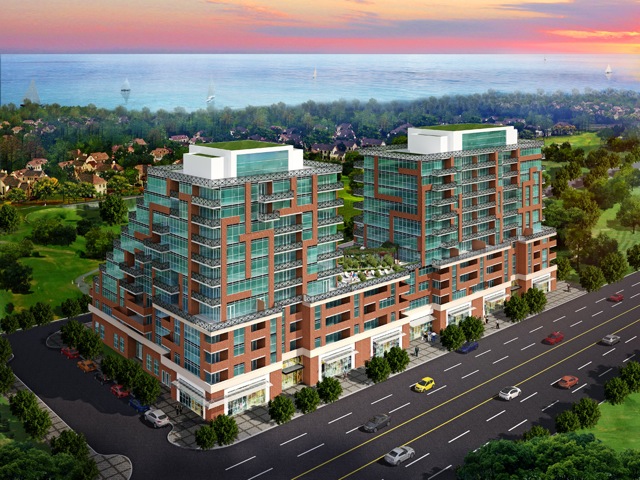
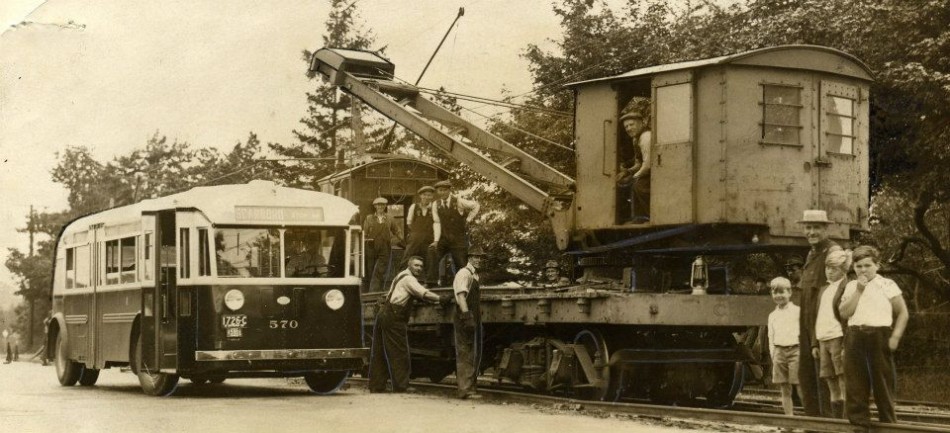
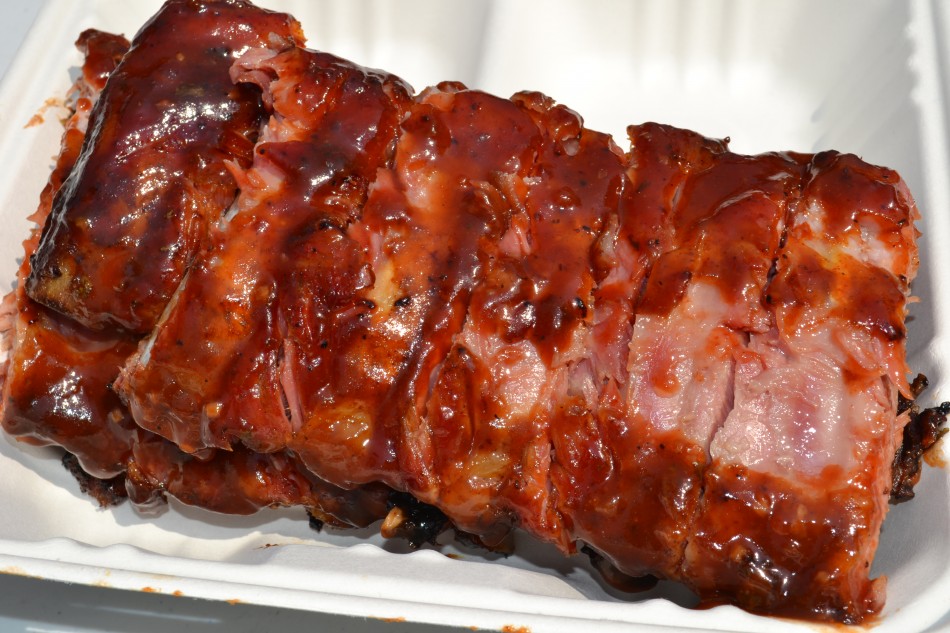
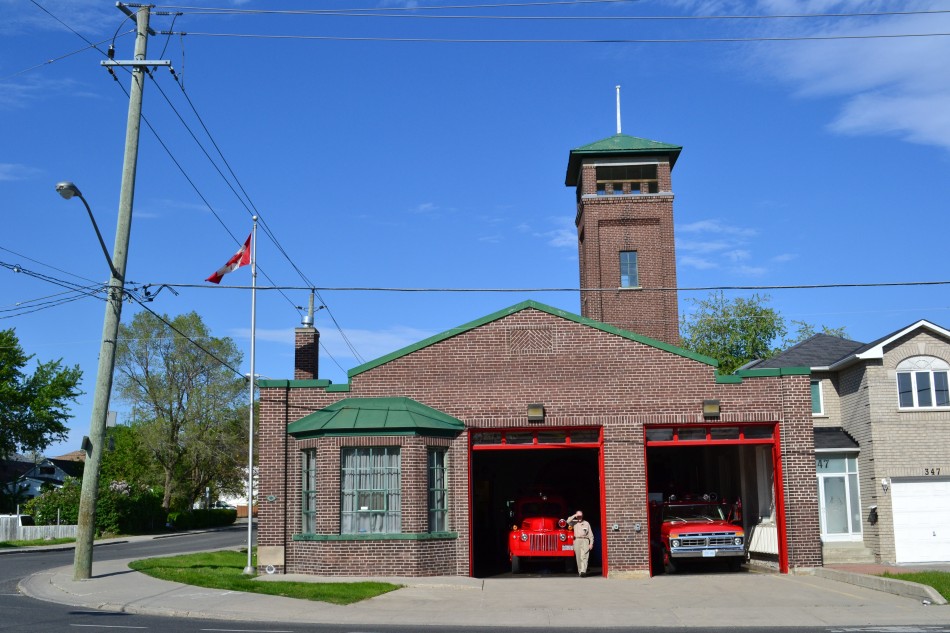

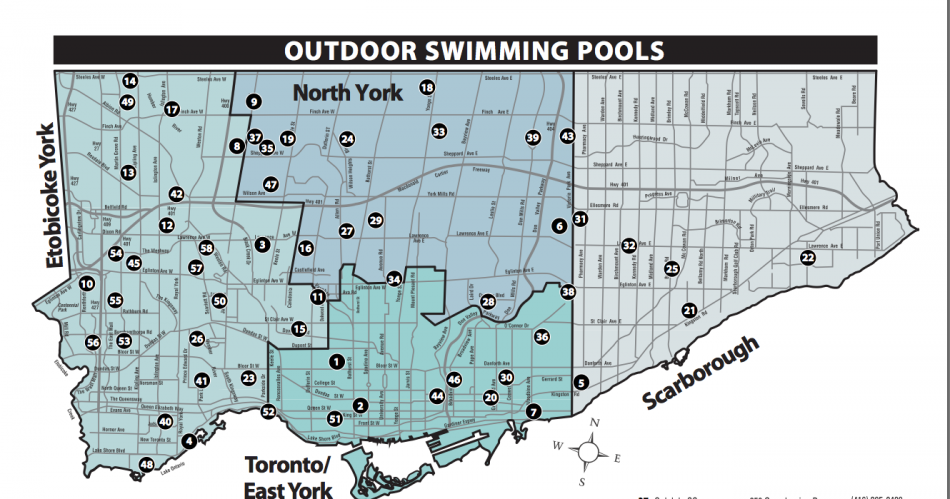
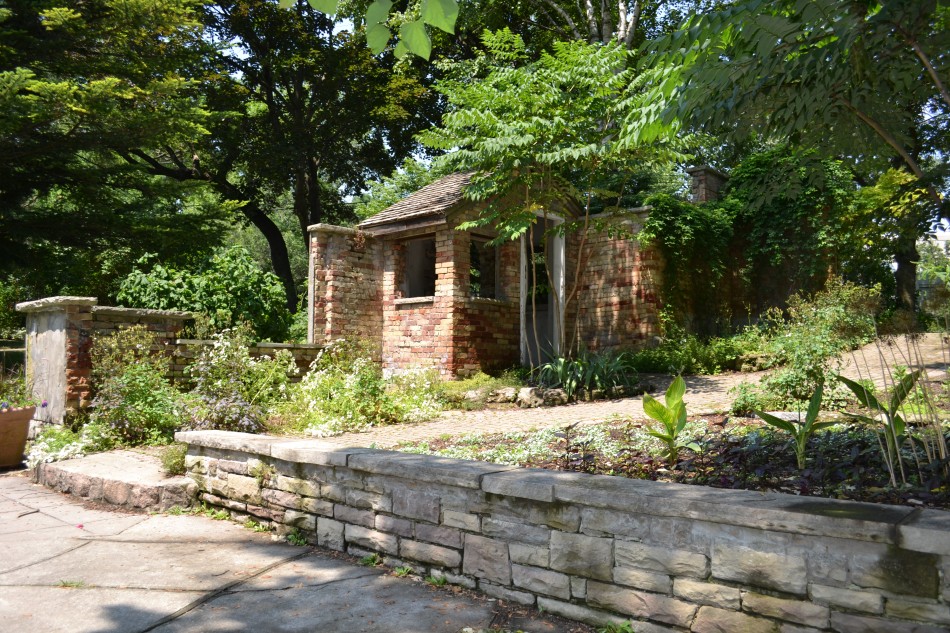
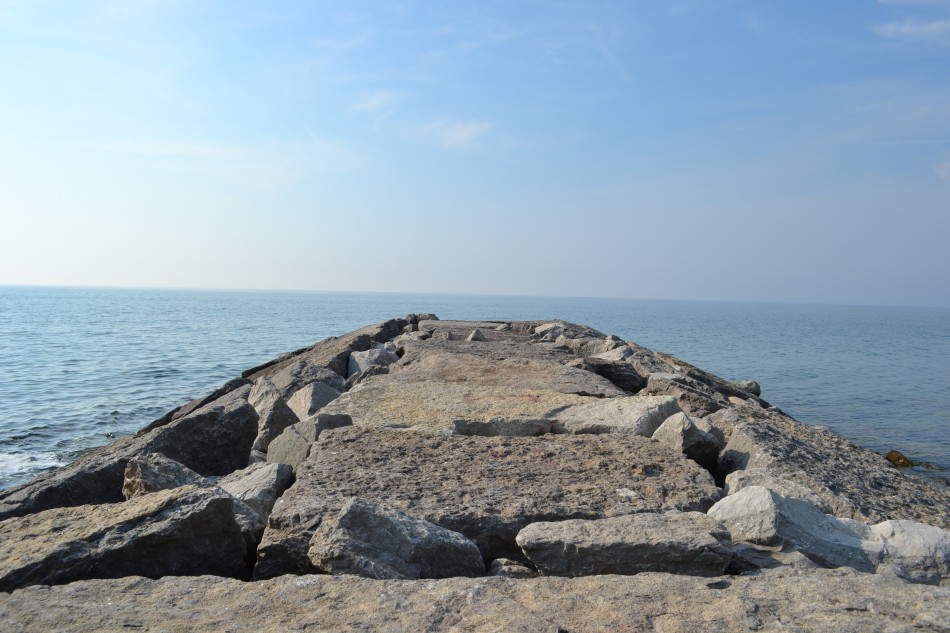
Thank you … your articles get more interesting
with each post! Love the history of Birch Cliff
that you’ve managed to dig up and all the super
pictures you’ve taken over the past few weeks!
Talk soon!
hg
I’m glad you’re enjoying the website Hedi. And I feel like it is me who should be saying thank YOU for everything you’ve done over the years to enhance the quality of life in our neighbourhood.